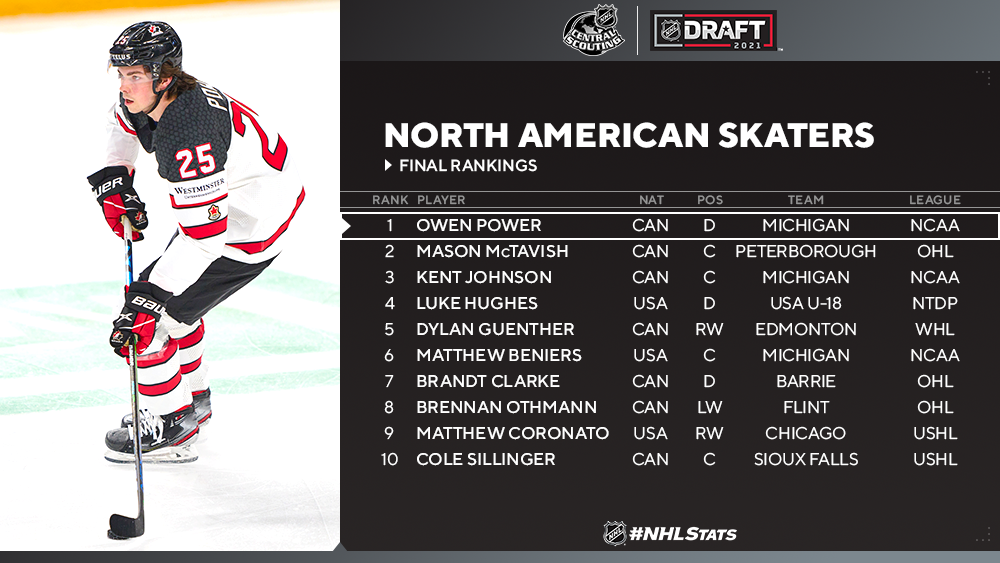As the 2025 NHL Draft approaches, the regular seasons are ending, playoffs are near, and the U18 international tournament is coming soon. Scouts are working hard to finalize their prospect lists for the upcoming draft.
This draft class has a fairly clear top 10-15 players expected to be first-round picks. While their exact order may vary among experts, the same names are likely to be mentioned. The draft becomes more unpredictable in the later part of the first round.
After the top half of the first round, many players could be selected. This early widening of potential picks might suggest a less strong draft class overall. However, it also allows teams to draft based on their needs rather than just picking the best available player. This could lead to more patient player development.
Despite some concerns about skater depth, the goaltending prospects in this draft are promising. Several goalies are playing in Europe and North America. Josh Ravensbergen, a WHL goalie from Prince George, is expected to be the top goalie pick due to his size, but up to three goalies could be picked in the first round, depending on team needs and draft picks.
Several key questions surround this draft. After Matthew Schaefer, who will be the next defenseman drafted? And despite being injured for much of the season, will Schaefer still be the first overall pick?
Regarding injuries, can Roger McQueen recover in time to regain a top-five draft position?
Another injury concern is Carter Bear. He was rising in rankings towards the top 10 before an Achilles injury ended his season. He is still expected to be a top 10 pick, but Peyton Krebs’ experience in the 2019 draft serves as a reminder of the risks. Krebs, once a top prospect, was picked 17th after a similar injury and has had a somewhat challenging NHL career.
How will NHL teams value smaller, highly skilled forwards? Which of these players will stand out, and where will they be drafted?
The CHL vs. NCAA situation also raises questions. How will this dynamic affect the draft?
Will the signing period for CHL players stay at two years, or will it extend to four years like for NCAA players? Will NHL teams know this before the draft in Los Angeles?
Will the NCAA change its rules about signed players participating in NCAA hockey, or will these players have to remain in junior leagues or the AHL?
Currently, there seem to be more questions than answers. In the meantime, here are the March draft rankings.
No. 1: Matthew Schaefer, D, 6-foot-2, 183 pounds, Erie Otters (OHL)
Schaefer is still in rehab and will be re-evaluated in early April. He might not need to play again this season to remain at the top spot, but there’s interest in seeing him play if Erie advances in the playoffs.

